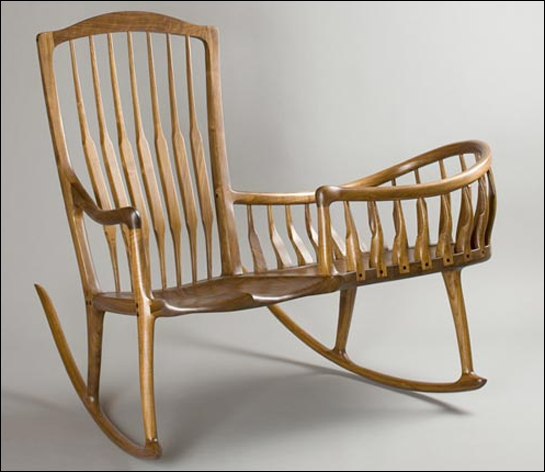
Ten years ago, when I was pitching my book to publishers, one publisher leaned back in his chair and said, “I don’t get it, she’s never worked in Human Resources, she’s not part of Generation Y, and we can’t even figure out what her career is. So how is she qualified to give career advice to young people?”
I got sweaty. I had pretty much run out of money, and I had spent my last dollar on getting clothes that would hide that I was pregnant. Every time I thought about this book deal falling through, I felt sick.
My agent said, “She is great at seeing trends. She sees trends before everyone else. Generation Y is going to be huge in the workplace. Alternative careers are going to be huge. She is the only person talking about it. She is a franchise. She will be writing books about trendspotting for the rest of her life.”
I could have hugged my agent. I had never thought of myself the way she described me. I mostly just thought of myself as someone who couldn’t even handle playing on the professional beach volleyball tour for more than a year.
So, with my agent’s endorsement (sort of—I think she has fired me because of my insolence when it comes to not following publishing industry conventions) I present my three favorite trends of this year:




